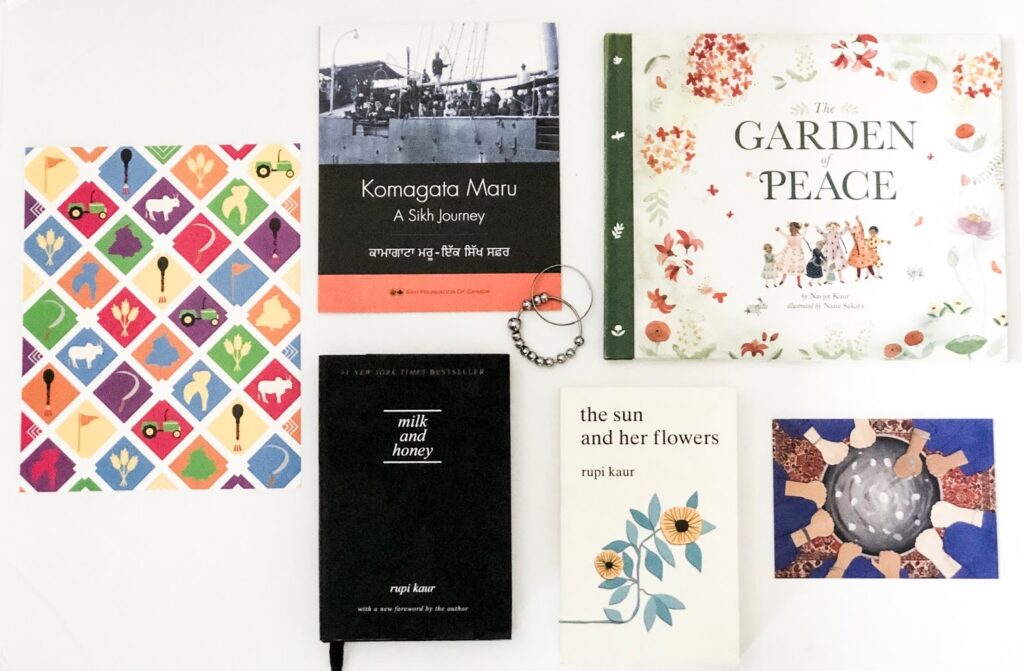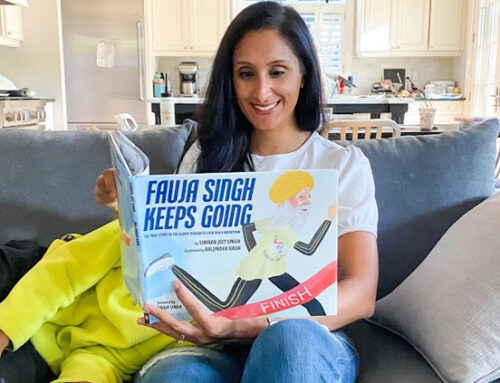
In 2013, Ontario officially recognized April as Sikh Heritage Month. It celebrates the contributions of Sikhs to Canadian culture, art, politics, education and more. Sikhs have been in Canada for over a century. This month celebrates accomplishments of Sikh Canadians in every facet of Canadian society. April also marks Vaisakhi, which is a celebration of a renewed beginning. As well Vaisakhi marks the creation of the Khalsa – the core of the Sikh identity.
Sikh Heritage Month isn’t just about Sikhs. It is about creating an awareness of how ingrained this community is into the fibre of this country. Because the more we learn about each other as Canadians, the greater understanding we have for one another. As a Sikh Canadian myself, I do not claim to be an expert about Sikhi. The very definition of ‘Sikh’ is to be a life long learner. This means I am also on my own journey of learning. However, I am sharing the information and resources through the lens of a Sikh Canadian but also through the lens of an educator.
Vaisakhi as part of Sikh Heritage Month
For Sikhs, Vaisakhi is a special time to celebrate. It marks the the birth of the Khalsa on April 13th. This is essentially the birth of the Sikh identity. In celebration of Sikh Heritage Month, I’ve gathered some of my favourite books that explore themes in Sikh Identity.
Resources for Children
Canadian educator and author, Navjot Kaur has written and independently published 3 books through Saffron Press. These beautiful children’s books discuss themes such as Sikh Identity , Vaisakhi and the importance of the environment. These stories depict Sikhs in mainstream daily life. But also masterfully weaving in main principles and tenants of Sikhi within the global community. I can’t recommend these books enough for every household, library and school.
Poetry by Sikh Canadians
Canadian Rupi Kaur is a #1 New York Times best selling author, with three works of poetry and prose. She explores issues and themes of love, loss, trauma, healing and migration. Her poems are written in a style inspired by the Gurmukhi script. This honours her Sikh heritage, with its simplicity and visual equality of text. She explores Sikh issues such as the 1984 genocide in her poems entitled “rooh”. As well as well as her own issues around female body hair in the poem “hair”(pg. 185 in Milk & Honey). Her book was the first time I saw my own name of “Kaur” reflected on the shelves of a bookstore. It brings me such pride and happiness to know that my own daughters will continue to see themselves reflected in this space.
Fiction
This section I have had some difficulties with. Simply because there is a shortage of books written by Sikh Canadians in this genre. But most notable is Can you Hear the Night Bird Call? by Anita Rau Badami. This book is set against the tumultuous backdrop of Punjab. It moves between Canada and India and weaves together the stories of three women in a changing political landscape. This book hauntingly begins with the first Sikh Journey to Canada with the Komagata Maru incident, (read more here). It weaves the political and personal turmoil during the events of the 1984 genocide both in India and in Canada. It is one of the very few, published works that explore the events leading up to 1984.
For a list of other books exploring the Sikh identity, please take a read here.
Other Resources
I have put together a list of resources from around the internet that have lots of amazing activities, lessons and resources about the Sikh Identity and about Vaisakhi
World Sikh Organization: Sikhs in Canada
Sikh Heritage Month: Virtual events during the month of April
Sikh Museum Of Canada: Education Resources by grade





